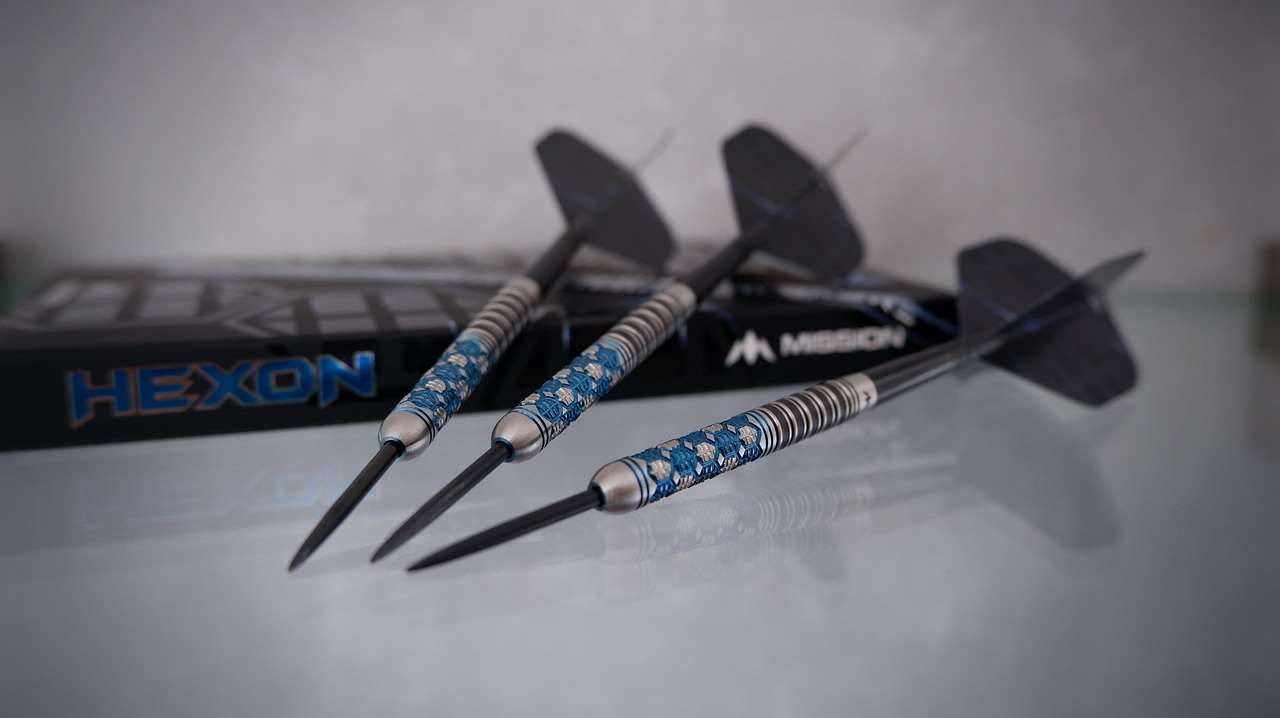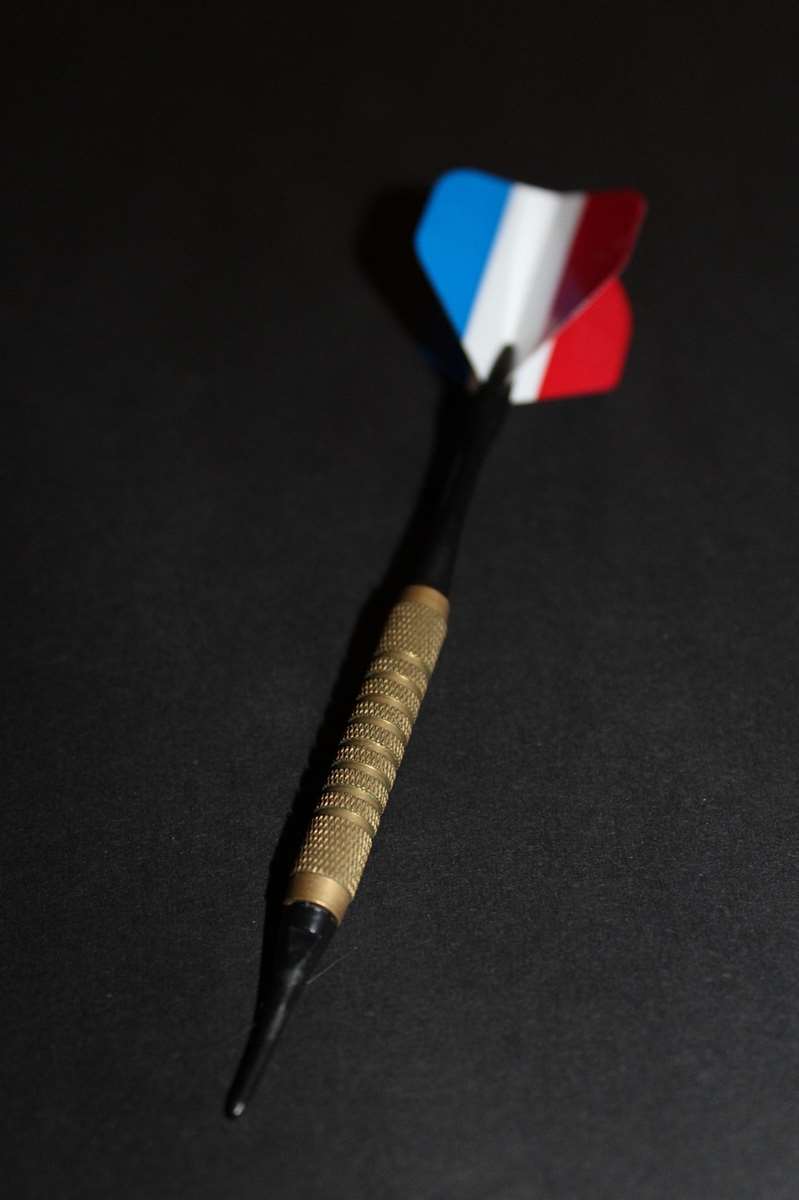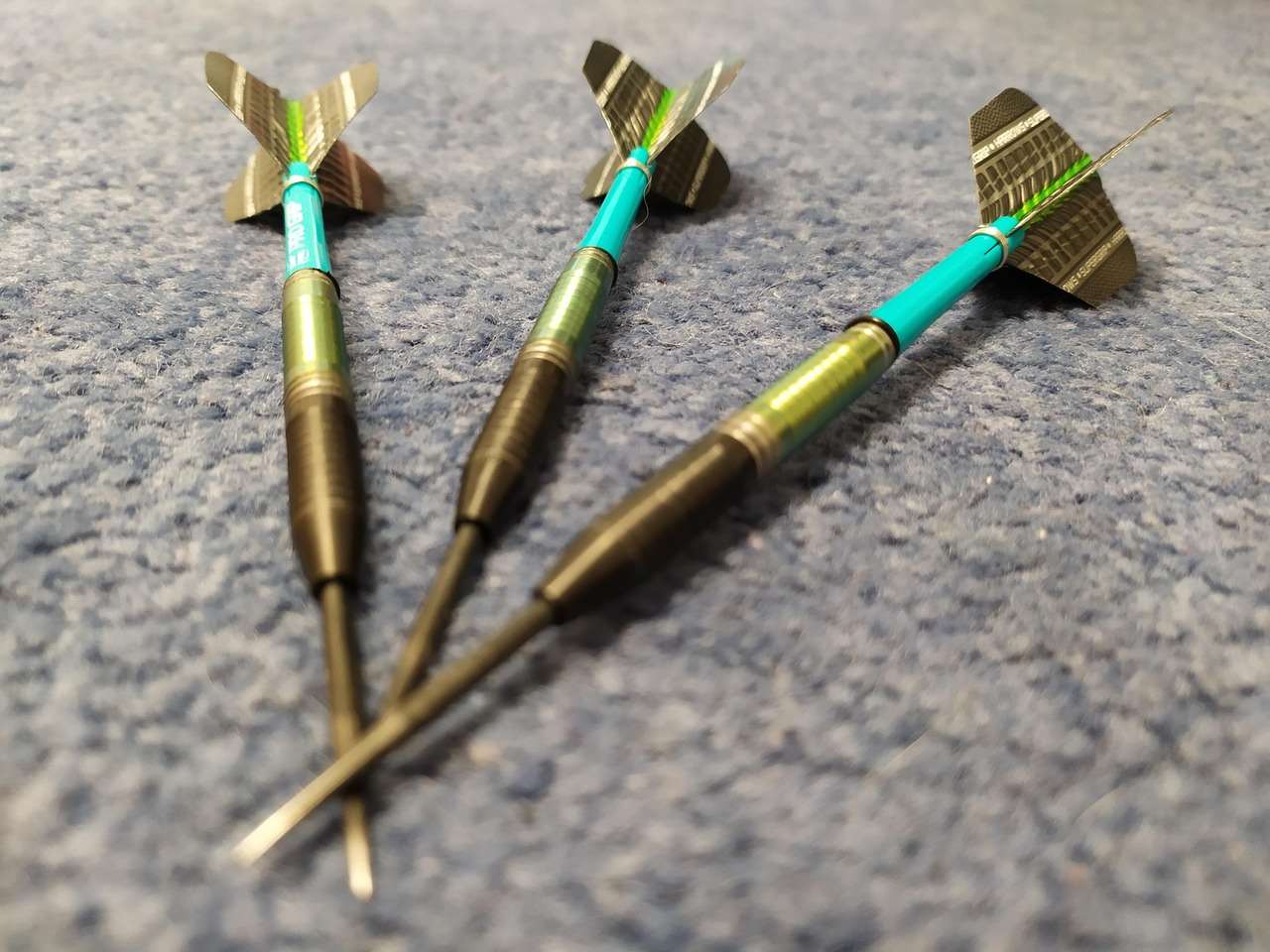Achieving a **dart best leg** is the ultimate goal in darts, representing the fewest possible darts thrown to win a leg, typically 501. This article dives into strategies, practice techniques, and mental approaches to consistently improve your leg times and achieve your personal best. We’ll explore techniques to improve your scoring, finishing, and overall consistency on the dartboard.
⚠️ Still Using Pen & Paper (or a Chalkboard)?! ⚠️
Step into the future! The Dart Counter App handles all the scoring, suggests checkouts, and tracks your stats automatically. It's easier than you think!
Try the Smart Dart Counter App FREE!Ready for an upgrade? Click above!
What Constitutes a Dart Best Leg?
In the world of darts, a “**dart best leg**” is generally understood as completing a leg of 501 in the fewest possible throws. While a nine-dart finish is the theoretical minimum, consistently achieving legs in 12, 15, or even 18 darts is a sign of high-level play and dedicated practice. The term “best leg” is relative – it’s about achieving your personal best and continually striving to improve.
A truly remarkable leg showcases a blend of accurate scoring, calculated strategy, and unwavering composure under pressure. It’s not just about hitting trebles; it’s about knowing when to switch targets, how to set up finishes, and maintaining focus throughout the entire leg.

Strategies for Achieving Your Dart Best Leg
Improving your **dart best leg** involves a multifaceted approach, focusing on both technical skills and mental fortitude. Here are some key strategies to consider:
- Consistent Scoring: Aim for the treble 20 whenever possible. Develop a reliable grouping and a smooth, repeatable throw. The goal is to consistently score 100+ with each visit.
- Finishing Efficiency: Master common checkout combinations. Knowing how to finish 170, 164, 161, 160, and other crucial checkouts is essential. Practice these combinations until they become second nature. Don’t forget the psychological impact of a confident checkout.
- Strategic Thinking: Analyze the board and plan your next three darts. Consider leaving yourself with a comfortable checkout (e.g., double 16, double 20). Adapt your strategy based on your opponent’s scoring and position.
- Mental Toughness: Stay focused and positive, even after a poor throw. Develop routines to manage pressure and maintain composure under pressure. Visualizing success can be a powerful tool.
- Practice, Practice, Practice: Dedicate time to structured practice sessions. Focus on specific areas for improvement, track your progress, and adjust your training accordingly.
Many believe in using a Practice darts app with scoring to improve their skills.
Techniques to Improve Scoring
The foundation of a good **dart best leg** is consistent scoring. Here are some techniques to help you maximize your scoring potential:
- Target Fixation: Focus intently on your target before each throw. Visualize the dart hitting the desired spot.
- Consistent Stance: Develop a stable and repeatable stance that allows for a comfortable and balanced throw. Your darts stance rules are crucial.
- Smooth Release: Release the dart smoothly and consistently, without jerking or forcing the throw.
- Follow Through: Follow through with your arm and hand after releasing the dart. This helps to maintain accuracy and consistency.
- Grip Consistency: Maintain a consistent grip on the dart, applying the same amount of pressure each time.
Improving your scoring also means understanding the psychology of the game. Knowing when to switch to a different target, especially when the treble 20 is blocked or you are struggling, is a crucial skill. Sometimes, switching to the treble 19 can provide a much-needed boost in confidence and prevent a downward spiral.

Mastering Checkout Combinations
Efficient finishing is paramount when aiming for a **dart best leg**. Knowing your checkout combinations inside and out can save you valuable darts and reduce the pressure in crucial moments.
- Learn the Basics: Memorize common checkouts such as 40 (double 20), 32 (double 16), 50 (bullseye), and 60 (treble 20).
- Master the High Finishes: Familiarize yourself with checkouts of 170, 167, 164, 161, 160, and 157. These are often game-changing shots.
- Practice Checkout Trees: Practice different routes to common checkouts. For example, if you leave yourself on 81, you could go for treble 17 and double 15, or bullseye and double 16.
- Understand Setups: Learn how to set up finishes efficiently. For example, leaving yourself on 82 requires a different approach than leaving yourself on 83.
- Strategic Checkout Planning: Plan your checkouts in advance. Consider the potential outcomes of each throw and aim to leave yourself with a comfortable double.
Understanding the intricacies of checkout percentages can also be advantageous. Analyzing darts final checkout stats can provide valuable insights into which checkouts are most commonly hit and which to prioritize in your practice sessions.
Mental Strategies for Darting Success
Darts is as much a mental game as it is a physical one. Cultivating a strong mental game is crucial for achieving your **dart best leg** and consistently performing at your best.
- Positive Self-Talk: Replace negative thoughts with positive affirmations. Believe in your ability to hit the target.
- Visualization: Visualize yourself hitting the desired target before each throw. Imagine the dart flying smoothly and landing perfectly.
- Focus and Concentration: Eliminate distractions and focus solely on the task at hand. Develop pre-throw routines to help you center your attention.
- Composure Under Pressure: Learn to manage pressure and maintain composure, even in high-stakes situations. Deep breathing exercises and visualization techniques can be helpful.
- Resilience: Don’t let a bad throw derail your entire game. Learn from your mistakes and move on quickly.
It’s also essential to develop a strong sense of self-belief. Confidence in your abilities can significantly impact your performance. If you consistently doubt yourself, you’re less likely to perform at your best. Remember your training and trust your technique. It helps to understand the dart leg definition and how it applies to your goals.
The Importance of Practice and Analysis
No matter how naturally talented you are, consistent practice is essential for improving your **dart best leg**. Here’s how to structure your practice sessions for maximum effectiveness:
- Structured Practice: Don’t just throw aimlessly. Focus on specific areas for improvement, such as scoring, finishing, or doubles.
- Targeted Drills: Use specific drills to improve your accuracy and consistency. For example, practice hitting treble 20s, double 16s, or bullseyes.
- Game Simulation: Simulate real game scenarios to practice your decision-making and composure under pressure.
- Record Your Progress: Track your scores and analyze your performance. Identify areas where you’re struggling and adjust your training accordingly.
- Seek Feedback: Ask experienced players for feedback on your technique and strategy.
Analyze your games rigorously. Note what works and what doesn’t. Consider using a dart analysis software or app to track your throws, scoring percentages, and checkout rates. This data can provide valuable insights into your strengths and weaknesses, helping you to tailor your practice sessions to address specific areas for improvement.
Equipment Considerations for Optimal Performance
While skill and practice are paramount, having the right equipment can contribute to achieving your **dart best leg**. Consider the following:
- Dart Weight and Material: Experiment with different dart weights and materials (e.g., tungsten, brass) to find what feels most comfortable and suits your throwing style.
- Dart Shafts and Flights: Experiment with different shaft lengths and flight shapes to optimize the dart’s trajectory and stability.
- Dartboard Quality: Use a high-quality dartboard made of sisal fibers. Rotate the board regularly to ensure even wear and tear. Also, make sure you have the proper dartboard to oche length.
- Lighting: Ensure adequate and consistent lighting on the dartboard to improve visibility and reduce eye strain.
- Oche Placement: Position the oche (throwing line) at the correct distance from the dartboard and ensure that it is stable and secure.

Remember that equipment is a personal preference. What works well for one player may not work for another. Take the time to experiment and find the equipment that feels right for you and helps you to perform at your best. Don’t be afraid to try different setups until you find the perfect combination.
Common Mistakes to Avoid
Even experienced dart players make mistakes. Avoiding these common pitfalls can help you to improve your **dart best leg** and reach your full potential:
- Inconsistent Throwing Motion: Maintain a consistent throwing motion to improve accuracy and repeatability.
- Lack of Focus: Avoid distractions and maintain focus throughout each leg.
- Poor Grip: Experiment with different grips to find one that provides control and comfort.
- Overthinking: Don’t overthink your throws. Trust your instincts and let your training take over.
- Ignoring Fundamentals: Don’t neglect the fundamentals of stance, grip, and release.
Another common mistake is tilting the dartboard incorrectly. Ensure your dartboard is hung properly, following the established height and distance guidelines. A slightly off-kilter dartboard can subtly affect your aim and consistency.
Setting Realistic Goals and Tracking Progress
Improving your **dart best leg** is a journey, not a destination. Set realistic goals for yourself and track your progress along the way. Here’s how:
- Set Specific Goals: Instead of simply saying “I want to improve,” set specific goals such as “I want to reduce my average leg time by one dart per week.”
- Break Down Goals: Break down your goals into smaller, more manageable steps. For example, focus on improving your scoring percentage first, then work on your finishing.
- Track Your Progress: Keep a record of your scores, checkout rates, and other relevant statistics. This will help you to see how you’re improving over time.
- Celebrate Successes: Acknowledge and celebrate your accomplishments, no matter how small. This will help you to stay motivated and positive.
- Adjust Goals as Needed: Be prepared to adjust your goals as needed. If you’re consistently exceeding your expectations, it’s time to set new, more challenging goals.

Remember that progress is not always linear. There will be times when you feel like you’re not improving, or even getting worse. Don’t get discouraged. Stay focused on your goals, keep practicing, and eventually you will see results.
Conclusion
Achieving your **dart best leg** requires a combination of technical skill, strategic thinking, mental fortitude, and consistent practice. By focusing on consistent scoring, mastering checkout combinations, cultivating a strong mental game, and using high-quality equipment, you can significantly improve your performance and reach your full potential. Remember to set realistic goals, track your progress, and celebrate your successes along the way. Now, go out there, practice diligently, and aim for that next personal best! Consider exploring resources for darts punting to further enhance your understanding of the game. Remember, the pursuit of perfection, even if never fully attained, is what drives us to become better dart players.
Hi, I’m Dieter, and I created Dartcounter (Dartcounterapp.com). My motivation wasn’t being a darts expert – quite the opposite! When I first started playing, I loved the game but found keeping accurate scores and tracking stats difficult and distracting.
I figured I couldn’t be the only one struggling with this. So, I decided to build a solution: an easy-to-use application that everyone, no matter their experience level, could use to manage scoring effortlessly.
My goal for Dartcounter was simple: let the app handle the numbers – the scoring, the averages, the stats, even checkout suggestions – so players could focus purely on their throw and enjoying the game. It began as a way to solve my own beginner’s problem, and I’m thrilled it has grown into a helpful tool for the wider darts community.